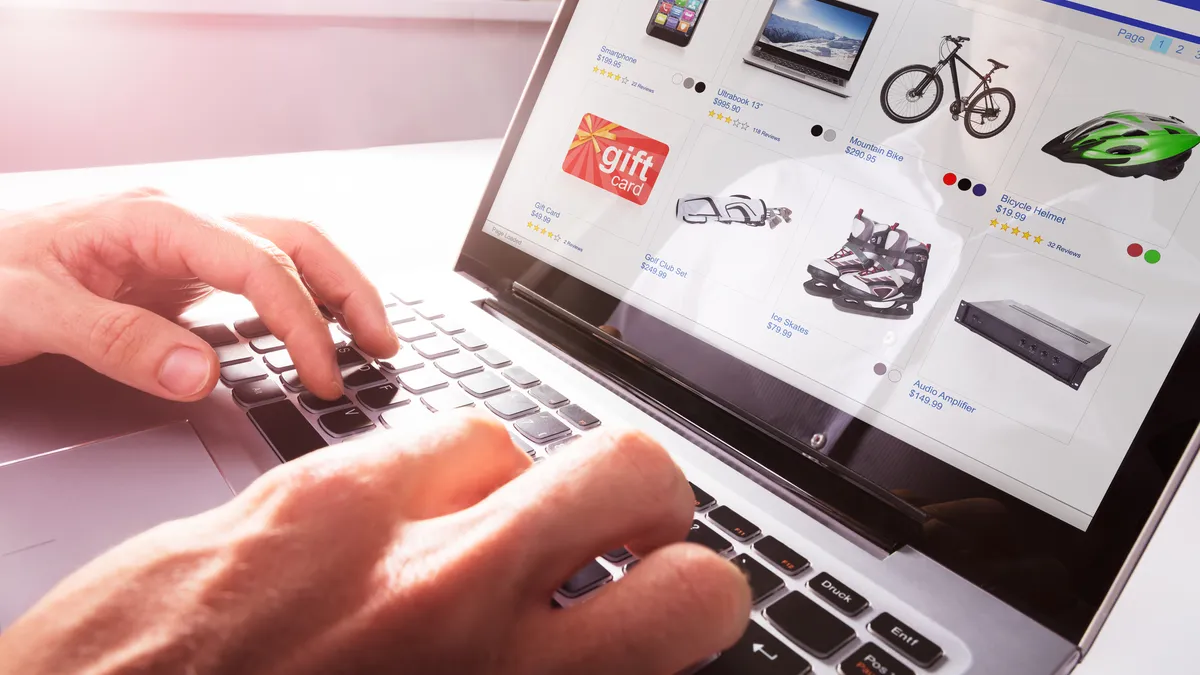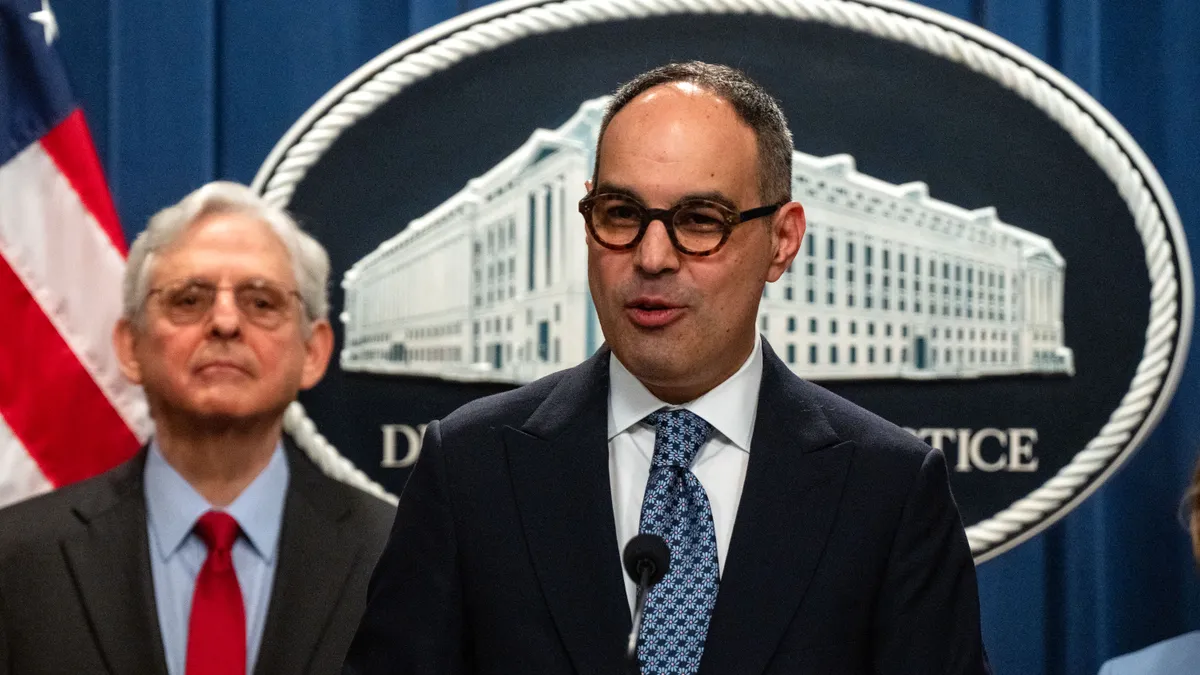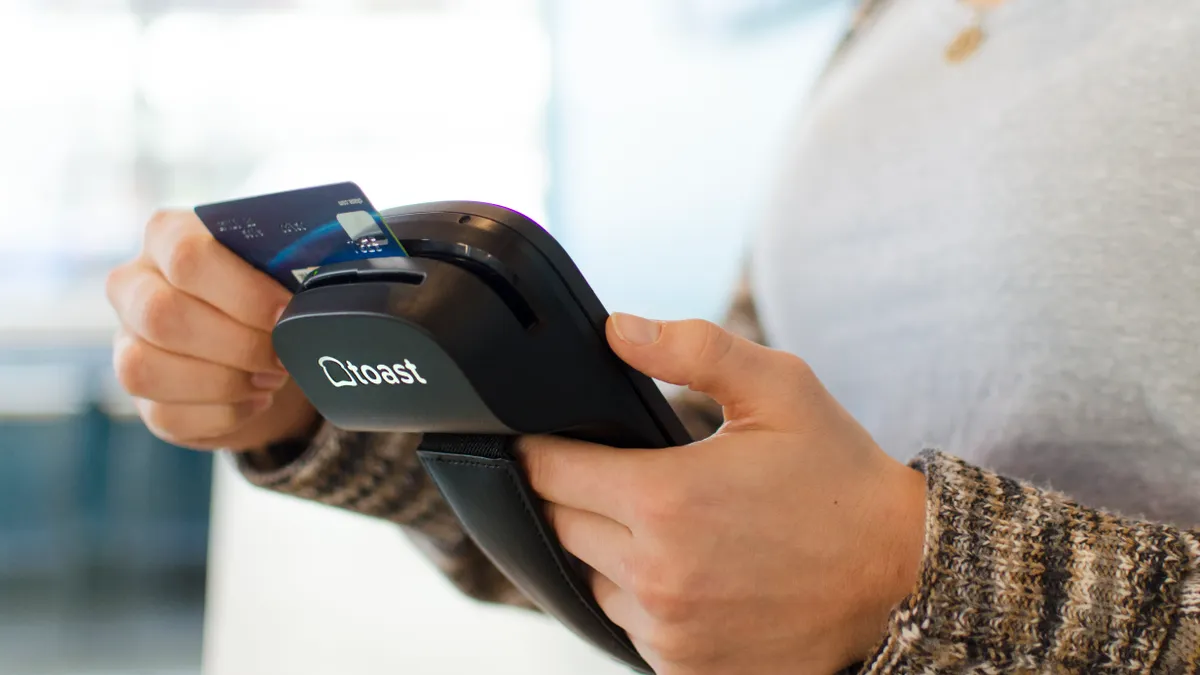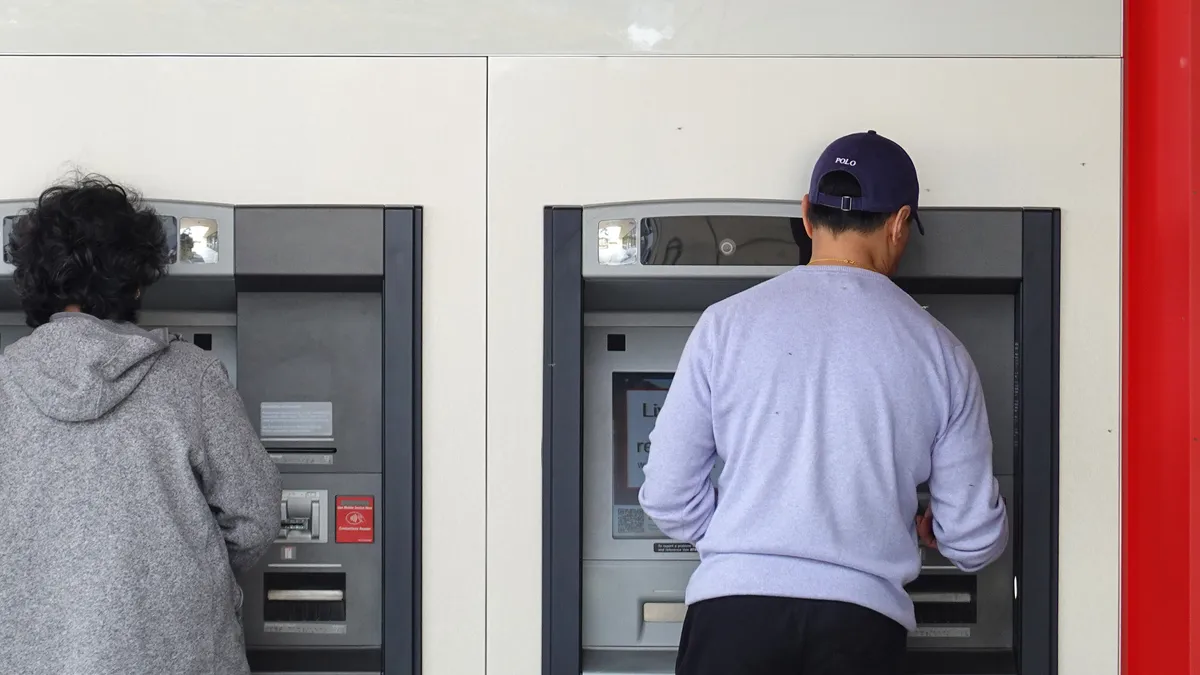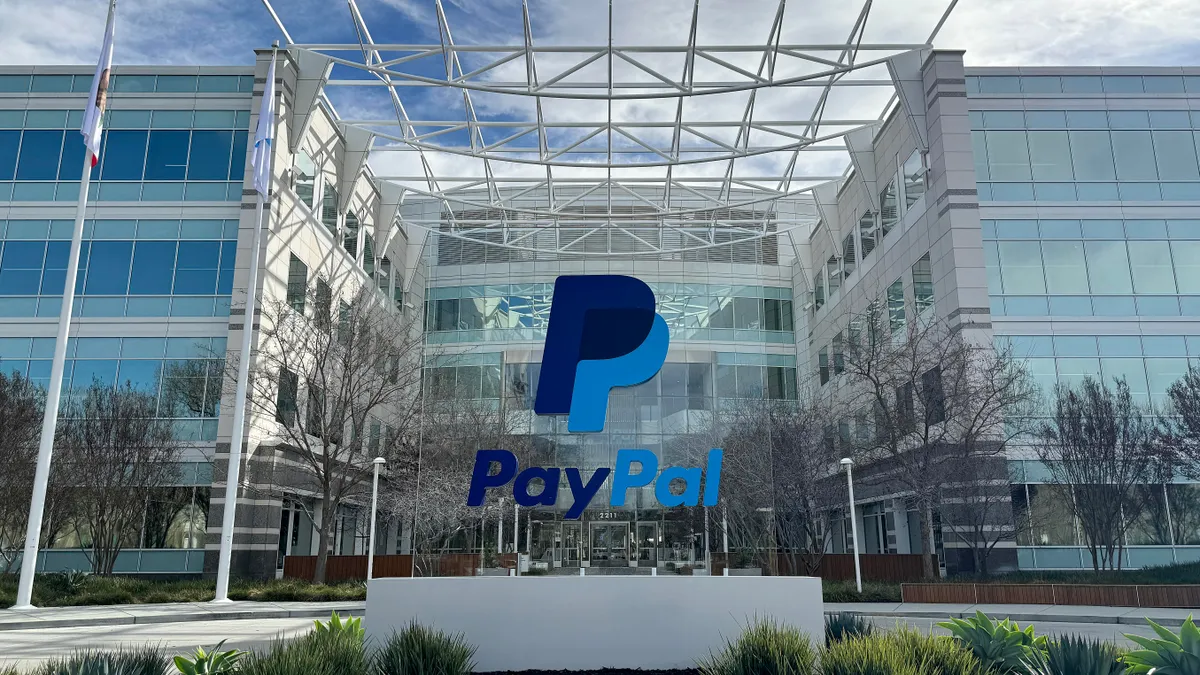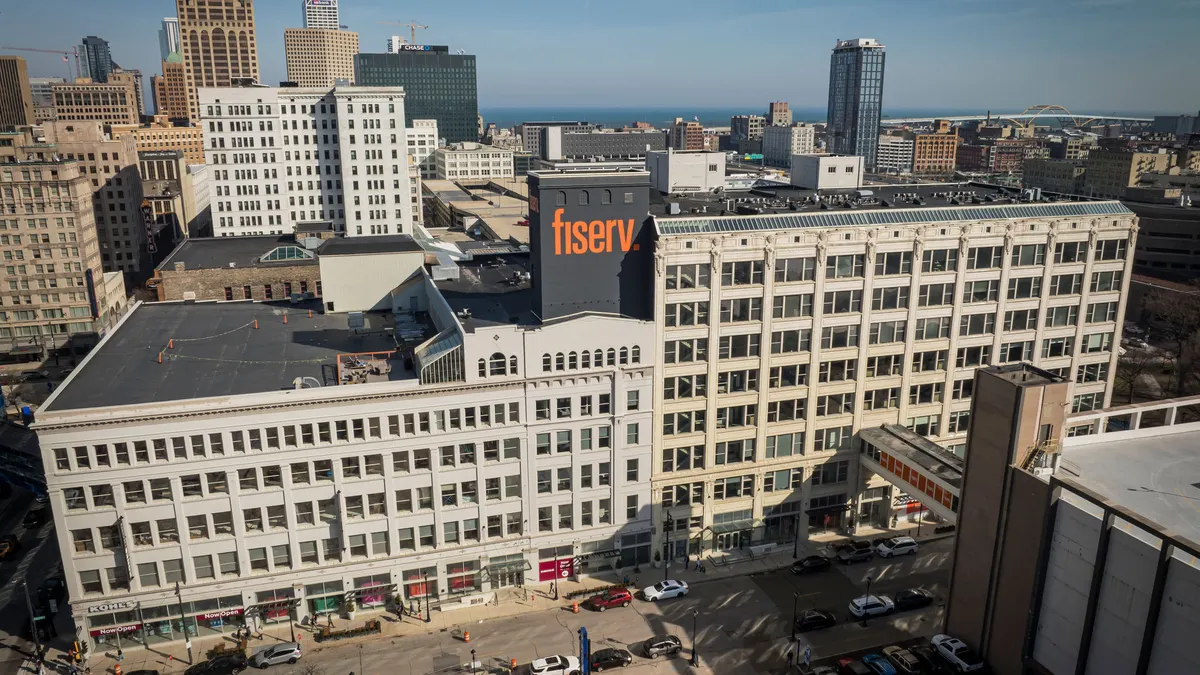Yvan Boisjoli is the CEO of Bold Commerce, a Winnipeg, Canada-based e-commerce technology provider.
The race to crack the code on one-click checkout is heating up. Retailers are eager to get shoppers through checkout quicker, and tech and social media companies are chomping at the bit to give them what they want.
This urgency to make checkout faster and easier was initially influenced by Amazon’s one-click experience. Not only have shoppers become accustomed to this streamlined checkout option, retailers have widely hailed it a silver bullet to combating the age-old problem of cart abandonment once and for all. The thinking is: If we can get shoppers through checkout faster, we’ll lose fewer conversions.
While this logic isn’t necessarily wrong, it discounts how complex the problem really is and puts a disproportionate focus on speed, rather than the real reasons shoppers abandon their carts–particularly during checkout.
This especially becomes a problem when retailers adopt one-click solutions that strip the checkout of the functionality and options shoppers need to complete their purchase, thereby neutralizing the value of having one-click in the first place.
Not surprisingly, some solutions are struggling to offer anything more than the convenience that widely adopted digital wallets (e.g., PayPal, Apple Pay) already provide. Meanwhile, many retailers are no closer to solving the very problem that one-click checkouts are supposed to be eliminating: cart abandonment.
The relationship between cart and checkout abandonment
Retailers have long been focused on solving for cart abandonment, given about 70% of shoppers add items to their cart, but leave without purchasing. The value of these lost sales is enormous. Retailers assume that if they can get shoppers past the cart stage – or remove the cart altogether and take shoppers directly to checkout – it’s smooth sailing from there. Shoppers will inevitably convert.
This thinking has made checkout abandonment an unrecognized hurdle. In fact, once shoppers proceed into checkout, less than half of them (48%) end up actually completing their purchase. On mobile, this number is even lower: Only 42% of shoppers complete their purchase. In other words, approximately 1 out of 2 shoppers who proceed to checkout from the cart abandon their purchase during the checkout stage, not before.
A lack of understanding of what’s happening in the checkout, and why, is largely to blame for the fact that one-size-fits-all one-click solutions have not proven to be the quick fix retailers were hoping for.
What actually makes shoppers convert
A disproportionate focus on speed overlooks the fact that checkout is home to a number of conversion boosters that retailers rely on to keep shopper purchase intent high. It’s also important not to confuse ease and speed with convenience.
For instance, it might be easy for a shopper to navigate fewer form fields or pages while completing their purchase, but it’s not convenient if they can’t figure out how to pick up their purchase in store instead of defaulting to home delivery. But many of the current checkout approaches to get shoppers through checkout faster cannot accommodate buy online-pick up in store (BOPIS) functionality.
The growth of BOPIS over the last few years has allowed retailers to compete on same-day service and shoppers now demand it across many industries. Some 22% of shoppers will bail if delivery is too slow. For omnichannel retailers, being able to salvage these shoppers with BOPIS would put as much as a 31% dent in the more than 70% of shoppers that abandon their purchases before completing checkout. This represents a huge amount of recovered revenue that retailers can’t overlook in their efforts to get shoppers through checkout faster.
Similarly, while it might be easy to have a shopper’s preferred form of payment stored or to surface only a few options for them to choose from, it’s not convenient if the shopper wants to use another form of payment at the final moment. With so many payment options now available – buy now, pay later; credit cards, digital wallets – it’s nearly impossible for streamlined checkouts to correctly surface the right default option(s). For the shopper, the choice becomes digging to find the right payment option, entering a new form of payment altogether, or rethinking their purchase.
Shoppers often need to edit other details during checkout as well, such as delivery, shipping, and quantity – and they drop off when they’re not able to. According to the Checkout Benchmark, mobile shoppers who convert to buyers are 41% more likely than those who don’t convert to review or edit their checkouts. This behavior reveals that checkout experiences must be flexible enough to allow shoppers to review and revise in the final moments leading up to conversion.
Things that go missing when retailers disproportionately prioritize speed
When retailers are indiscriminate in their approach to checkout minimalism, it can dampen sales and put customer relationships at risk. Here are the ways that can happen:
Lower average order value. In an effort to get shoppers to checkout now, retailers are adding quick-pay buttons throughout their owned channels. Because these buttons focus on getting the shopper through checkout right now — rather than building a bigger basket — the result is lower average order values. The shopper buys only one product when they might have purchased several, or places multiple orders, leading to downstream fulfillment and shipping inefficiencies and/or higher costs.
An inability to use discount codes. While many retailers entice shoppers with promotion codes or sign-up discount codes, one-click checkout solutions often don’t accommodate these codes. Not only does this leave the shopper with a bad taste about the brand, it threatens the conversion and creates new issues for customer experience teams who are left dealing with unhappy customers.
Decreased shopper loyalty. At a time when retailers are more focused on retention than ever, many are leveraging points and rewards programs to keep shoppers coming back. Unfortunately, the one-click checkout solutions they’re introducing to perpetuate quick repeat purchasing from known shoppers often aren’t equipped to award shoppers with the loyalty points they’ve been promised.
While you can’t blame technology vendors for selling their strengths ("faster" and "easier"), it’s up to retailers to spot their weaknesses (disconnected and at odds with important revenue levers).
Ultimately, the only way to offer shoppers the speed, ease and convenience that will make them convert is through a quick, intuitive checkout that’s directly integrated with the rest of their commerce experiences.
A lack of this logic at checkout is what stands between retailers and lower checkout abandonment rates. There’s a lot more revenue potential within this gap than what saving a couple clicks with a one-click checkout would deliver.


